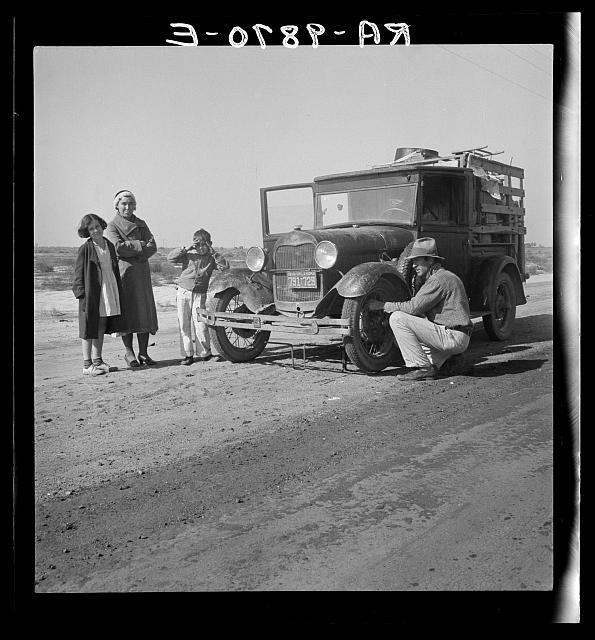Today we will share examples of irony and use them to come up with a good answer to the question: What is the value of irony in argument?
Then, students will write their own multiple choice question for the final exam, using AP question stems, keeping in mind the different kinds of distractors that usually appear on the AP test.
REMINDER: the final exam will consist of 1) vocabulary test on lessons 1-7 2) multiple choice questions on "A Modest Proposal" and 3) an argument essay on a sample AP prompt.
Welcome, VHS class of 2015! This will be "Grand Central" for my class. Here is where you can find daily assignments, class syllabi/rules, and even turn in assignments to me on google drive.
Tuesday, December 17, 2013
Sunday, December 15, 2013
A classic example of SATIRE: "A Modest Proposal" by Jonathan Swift
Monday we will read Jonathan Swift's classic essay in class. As you read, your task is to keep track of examples of Swift's effective use of irony in his essay.
In partners, answer the Questions on pages 709-710: "Questions on Meaning" and "Questions on Writing Strategy" and "Questions on Language."
On Tuesday, you will analyze your examples of irony. For each example:
1. Decide whether the irony depends on UNDERSTATING (the presentation of something as being smaller, worse, or less important than it actually is.), OVERSTATING (hyperbole, exaggeration), or saying the opposite of what is meant.
2. How do they improve on literal statements?
3. Ultimately, what is the value of irony in argument?
A contemporary imitation of Swift's essay by Stephen Colbert: A Modest Porpoisal
Friday, December 13, 2013
Muley Graves & his philosophy: Chapter 6
"What I mean, if a fella's got somepin to eat an' another fella's hungry--why the first fella ain't got no choice [but to share]." (6)
What do these words indicate about the philosophy or values of Muley Graves?
What about this one?
"Cause what'd they take when they tractored the folks off the lan'? What'd they get so their 'margin a profit' was safe? They got Pa dyin' on the groun', and Joe yellin' his first breath, an' me jerkin' like a billy goat under a bush at night. What'd they get? God knows the lan' ain't no good. Nobody been able to make a crop for years. But thems son-a-bitches at their desks, they jus' chopped folks in two for their margin a profit. They jus' cut 'em in two. Place where folks live is them folks. They ain't whole, out lonely on the road in a piled up car. They ain't alive no more. Them sons-a-bitches killed 'em."
"You're talkin' sense...Ever' word you say is sense. But, Jesus, I hate to get pushed around! I lots rather take a sock at Willy."
"No, I jus' tended to my own affairs...If you done somepin you was ashamed of, you might think about that. But, hell, if I seen Herb Turnbull comin' for me with a knife right now, I'd squash him down with a shovel again."
Or Casey?
"Don't do it...It won't do no good. Jus' a waste. We got to get thinkin' about doin' stuff that means somepin."
"...maybe there's a place for a preacher. Maybe I can preach again. Folks out lonely on the road, folks with no lan', no home to go to. They got to have some kind of home. Maybe...."
Thursday, December 12, 2013
Introduction to Satire: for Friday after vocabulary test
We will use this video titled "Teenage Affluenza" as our introduction to SATIRE:
What fault in society is this video attempting to correct?
How does the use of satire enhance the message?
The following definition is from the website: http://web.cn.edu/kwheeler/lit_terms_S.html
What fault in society is this video attempting to correct?
How does the use of satire enhance the message?
The following definition is from the website: http://web.cn.edu/kwheeler/lit_terms_S.html
|
Grapes of Wrath: reading assignment for the break
Read chapters 8-15 of The Grapes of Wrath over the three week break.
Take notes on the links between chapters and any themes you notice (post-its are good for this one.), as well as references to animals/human/machines.
You have key questions for each chapter in your take-home packets....use them to do a quick write after you have read each chapter.
Possible themes:
business
ownership
I to We
dehumanization
family
injustice
hunger
there's more....if you see a different pattern, note it!
Take notes on the links between chapters and any themes you notice (post-its are good for this one.), as well as references to animals/human/machines.
You have key questions for each chapter in your take-home packets....use them to do a quick write after you have read each chapter.
Possible themes:
business
ownership
I to We
dehumanization
family
injustice
hunger
there's more....if you see a different pattern, note it!
Monday, December 9, 2013
Chapter 3: The Turtle Crosses the Road
In class today we read Chapter 3 of The Grapes of Wrath, looking at the turtle as a symbol for the Joad's journey in the story.
See reading schedule below.
See reading schedule below.
Thursday, December 5, 2013
Thursday Models
Scoring Guide and student sample papers
The Learning Target today: For you to get a strong sense of what an excellent argument looks like and what weaknesses make up a lower half paper.
The Learning Target today: For you to get a strong sense of what an excellent argument looks like and what weaknesses make up a lower half paper.
Wednesday, December 4, 2013
Wednesday's homework: Pre-writing for a practice AP argument question
Tonight I would like you to practice approaching a sample argument question from the 2013 AP exam (free response questions), in preparation for the in class argument question on Friday. [ In the linked file, it is the last essay question.]
Try to answer the following questions in note format, taking no more than 10 minutes (remember 40 minutes is the suggested amount of time to write this essay.).
1. HIGHLIGHT or UNDERLINE key words in the prompt.
Tomorrow we will look at sample essays from this prompt, so you can see the score range and calibrate yourselves. Just to clarify: You do not need to write the entire essay, just the pre-writing.
Try to answer the following questions in note format, taking no more than 10 minutes (remember 40 minutes is the suggested amount of time to write this essay.).
1. HIGHLIGHT or UNDERLINE key words in the prompt.
2. PARAPHRASE the prompt. What is the question/issue (in your own words)?
3. What is your stance or POINT OF VIEW? (Agree/disagree/qualify)
4. What are your REASONS?
5. What SPECIFIC EVIDENCE will you use?
6. What COUNTERARGUMENTS will you address with CONCESSIONS and REFUTATIONS?
Tomorrow we will look at sample essays from this prompt, so you can see the score range and calibrate yourselves. Just to clarify: You do not need to write the entire essay, just the pre-writing.
Tuesday, December 3, 2013
Tuesday night's homework: "Are You Now or Were You Ever?"
Tonight, please read the Article from The Guardian in which Arthur Miller explains the impetus for writing The Crucible.
Tomorrow I will ask you to connect your new understanding with a political cartoon from the era.
Sunday, December 1, 2013
Monday's class
Today, class will start with 20 minutes of Vocabulary notes on Lesson 7 (our last one before the semester ends!).
Then, I will collect your Appreciation Scales and students will take a short quiz on the play.
For homework, prepare for our next Socratic Seminar-The Crucible. For full credit on this assignment, everyone will need to participate at least two times, during their circle talk.
Subscribe to:
Posts (Atom)








